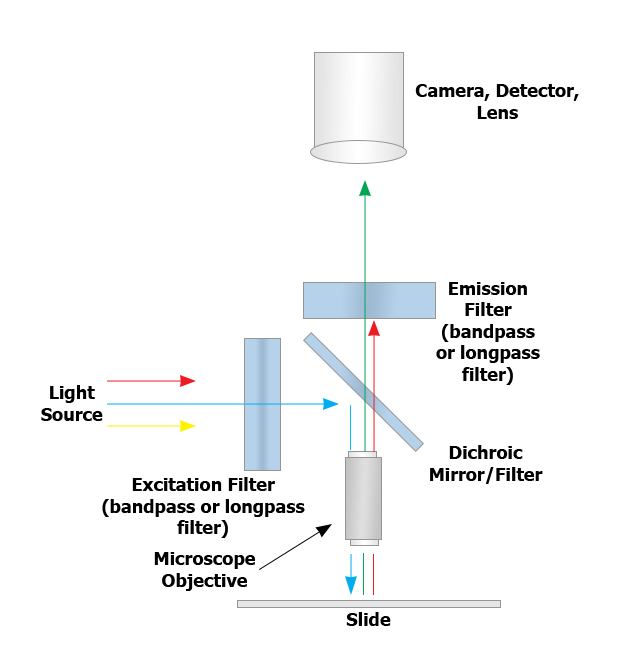The importance of public health has never been so starkly underlined as today, as we reach, collectively, for the end of a two-year-old pandemic. Scientists over the world have been working countless hours to create, identify and operate the most effective tests and vaccines for the disease, and their work is yielding important results.
At Shanghai Optics, we’re proud to be doing our part to combat COVID-19 with the production of fluorescence filters which play a key part in rapid PCR tests that have become the gold standard in COVID detection worldwide.
While rapid antigen tests are convenient for at-home use and require no special optical equipment for analysis, they are highly error-prone. With Omicron, one of the latest evolutions of COVID, they have an especially poor track record and will often only show a positive after an individual has been contagious for a significant amount of time.
Polymerase Chain Reaction (PCR) systems allow quick diagnosis of highly specific infectious diseases like COVID without extra cultivation steps or the need to grow samples in test tubes. This means a potentially infected individual can get a reliable diagnosis within a few hours or, in some cases, in as little as fifteen minutes.

Since PCR systems involve the identification of very tiny molecules, the highest quality optics are used to produce reliable results. Tight quality control is used at every level to ensure that the PCR systems are able to detect even minuscule amounts of problematic DNA.
Within a COVID-19 PCR screening systems, viral RNA, the virus’s genetic material, is converted to viral DNA through reverse transcription. SARS-CoV-2 primers, synthetic oligonucleotides which will attach only to COVID-19 virus molecules, are added to the mixture. When these successfully attach, the viral DNA is duplicated. This duplication is marked by fluorescent dyes which attach to the DNA during the duplication process.
After repeating the cycle twenty or thirty times, the sample is ready to be analyzed. Laser light is passed through an excitation filter which allows only the specific wavelengths chosen to excite the fluorescent sample, and this light is reflected by a dichroic filter which allows the excitation light to travel through a focusing objective to a slide containing the sample being tested.
Fluorescence emitted by the sample travels through the microscope focusing objective and is passed through the dichroic filter through an emission filter, which blocks stronger, lower wavelength excitation light while allowing the specific wavelengths of fluorescent radiation through. This radiation is then passed to a photomultiplier tool or other optical light detection device. It is the measure of this fluorescence radiation that provides the positive or negative results from the PCR test.

A sample containing the COVID-19 virus will produce fluorescent radiation which is detected by the machine as a positive PCR test. If there was no virus to attach to the primer and fluorescent dyes, there will be an absence of fluorescent radiation and the PCR software will produce a negative result.
Shanghai Optics is proud to be providing fluorescence filters and other key optical components that make PCR testing quick, efficient and reliable. Together, we will overcome this pandemic and open the doors to a healthier tomorrow.
To learn more about fluorescence filters and how they work, visit our fluorescence filters page.
To learn more about testing for COVID-19, visit: https://www.cdc.gov/coronavirus/2019-ncov/symptoms-testing/testing.html.